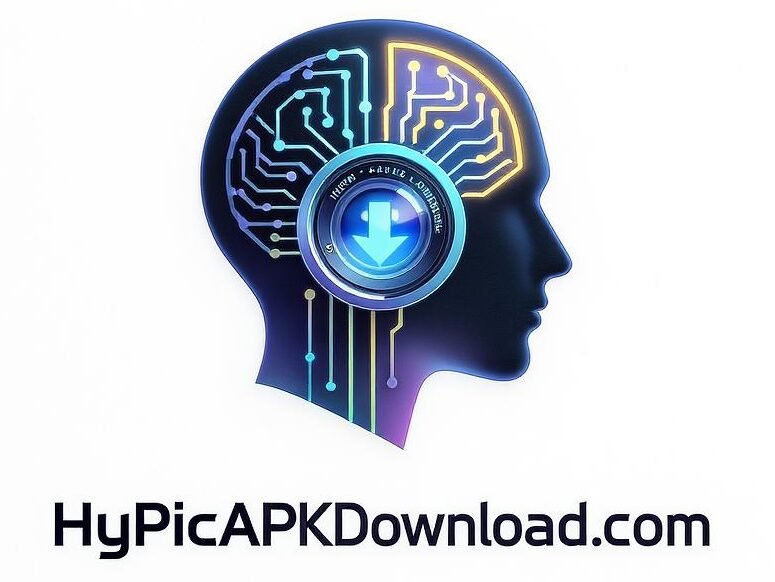Gaining admission to a top US college can transform your future, offering world-class education, networking opportunities, and career advantages. Whether you’re from India, Europe, Asia, or anywhere else, the process involves strategic planning, meeting rigorous requirements, and showcasing your unique strengths. In this comprehensive guide, we’ll walk you through every step to secure a spot in prestigious institutions like Harvard, MIT, or Stanford. We’ll cover eligibility, application strategies, and common pitfalls, ensuring you have problem-solving insights to overcome obstacles. By following these tips, you can boost your chances of ranking high in admissions.
Why Pursue Admission to Top US Colleges?
Top US colleges aren’t just about prestige; they provide access to cutting-edge research, diverse campuses, and alumni networks that span the globe. For international students, this means overcoming challenges like cultural adjustments, visa hurdles, and competition from thousands of applicants. The good news? With proper preparation, students from any country can succeed.
According to recent data, international enrollment in US universities reached over 1 million in 2024, with top schools like MIT requiring strong academic profiles. If you’re aiming for programs like an online business degree florida or a traditional on-campus experience, understanding the landscape is key. Problem: Many applicants underestimate the holistic review process. Solution: Focus on building a well-rounded profile that includes academics, extracurriculars, and personal stories.
Step 1: Research and Shortlist Top US Colleges
Start by identifying colleges that align with your goals. Use rankings from QS World University Rankings 2025 or Times Higher Education to find the top 100 US universities. For instance, Harvard ranks #1 for its liberal arts programs, while Caltech excels in STEM.
Key factors to consider:
-
Program Fit: Look for accredited options like online university college programs if flexibility is needed.
-
Acceptance Rates: Top schools have rates as low as 3-5%, but some like Mississippi State University offer higher acceptance with strong requirements.
-
Location and Cost: Factor in tuition, which averages $30,000-$60,000 annually.
Problem: Overwhelmed by choices? Solution: Create a balanced list of 8-10 schools—mix reach (e.g., Ivy League), match, and safety options. Tools like Common App simplify this for undergraduates. For graduate programs, explore online masters degree in business administration at schools like Purdue.
If psychology interests you, consider an online accredited psychology degree from institutions like the University of Florida.
Step 2: Meet Eligibility and Admission Requirements
Eligibility varies by level and program, but core criteria remain consistent. For undergraduates from any country, you’ll need:
-
High school transcripts with a minimum 65-80% GPA (or equivalent).
-
Proof of English proficiency via TOEFL (minimum 80 iBT), IELTS (6.5), or Duolingo.
-
Standardized tests: Many top colleges reinstated SAT/ACT requirements for 2025, including MIT and Georgetown. Aim for SAT scores above 1400 or ACT above 32.
For postgraduates, requirements include:
-
A bachelor’s degree with at least 60% marks.
-
GRE/GMAT scores for fields like business or engineering.
-
Specialized tests like LSAT for law programs.
Problem: Low scores or gaps in transcripts? Solution: Enroll in pathway programs or bridge courses, which are available for students below 60%. International students should also prepare for interviews or portfolios, especially for arts-related courses.
Programs like online degree in educational psychology often require similar credentials and can be a gateway to top colleges.
Step 3: Prepare for Standardized Tests
Tests are a gateway to top US admissions. For 2025, schools like Stanford will reinstate requirements by fall 2026, so plan ahead.
-
SAT/ACT: Practice with official resources; target percentiles above 90% for elites.
-
GRE/GMAT: Essential for masters degree in human resources online or MBA programs.
-
English Tests: TOEFL iBT scores of 80+ or IELTS 6.5 are standard.
Problem: Test anxiety or access issues? Solution: Use online prep platforms and schedule tests early. Many countries offer testing centers, and scores are valid for 2-5 years. If a school is test-optional, submit if your scores strengthen your application.
Step 4: Craft Compelling Application Materials
Your application is your story. Top colleges use holistic reviews, so shine beyond numbers.
-
Essays and Personal Statements: Address prompts directly, showcasing achievements and motivations. For example, explain how an online psychology bachelor’s degree aligns with your goals.
-
Letters of Recommendation (LORs): Choose mentors who know you well; provide them with your resume.
-
Statement of Purpose (SOP): For grads, detail career aspirations, like pursuing an online college business degree.
-
Resume/CV: Highlight extracurriculars, especially for MBA applicants.
Step 5: Navigate Financial Aspects and Scholarships
Costs can be a barrier, but solutions abound. Average tuition for international students is $25,000-$50,000, plus living expenses.
-
Scholarships: Merit-based options like Fulbright for internationals or university-specific aid.
-
Financial Aid: Demonstrate need via CSS Profile; some schools offer full rides.
-
Loans: Explore options like structured settlement loans, but prioritize scholarships.
Step 6: Secure Your Student Visa
Once accepted, obtain an F-1 visa.
-
Steps: Receive I-20 form, pay SEVIS fee, apply for visa interview.
-
Documents: Passport, acceptance letter, financial proof.
-
Interview: Be prepared to discuss study plans and ties to home country.
Problem: Visa denials? Solution: Show strong intent to return home and sufficient funds. Processing takes 3-5 months, so apply early.
For 2025, expect scrutiny on programs like online degree criminal justice.
Step 7: Overcome Common Challenges for International Students
International applicants face unique hurdles:
-
Cultural Gaps: Join orientation programs.
-
Time Zones: Schedule virtual interviews accordingly.
-
Competition: Stand out with unique experiences, like community service.
Problem: Feeling isolated? Solution: Connect with alumni networks via LinkedIn. For fields like online school for business degree, leverage online communities.
Additional Tips for Success in 2025
-
Deadlines: Fall intake applications due by January; spring by October.
-
Post-Admission: Attend pre-departure sessions.
-
Trending Programs: Consider high-demand fields like AI or sustainability, often available as parapsychology degree online alternatives.
By integrating these strategies, you’ll address pain points like low GPAs or test scores head-on.
In conclusion, getting admission to a top US college from any country requires diligence, but it’s achievable with the right approach. Start early, stay organized, and leverage resources for a competitive edge. Whether eyeing an online business degree programs accredited or a full-time program, your journey begins now. Success stories from international students prove it’s possible—make yours next.



